PPT-CS 124/LINGUIST 180 From Languages to Information
Author : jideborn | Published Date : 2020-06-23
Unix for Poets Dan Jurafsky original by Ken Church modifications by me and Chris Manning Stanford University Unix for Poets Text is everywhere The Web Dictionaries
Presentation Embed Code
Download Presentation
Download Presentation The PPT/PDF document "CS 124/LINGUIST 180 From Languages to In..." is the property of its rightful owner. Permission is granted to download and print the materials on this website for personal, non-commercial use only, and to display it on your personal computer provided you do not modify the materials and that you retain all copyright notices contained in the materials. By downloading content from our website, you accept the terms of this agreement.
CS 124/LINGUIST 180 From Languages to Information: Transcript
Download Rules Of Document
"CS 124/LINGUIST 180 From Languages to Information"The content belongs to its owner. You may download and print it for personal use, without modification, and keep all copyright notices. By downloading, you agree to these terms.
Related Documents

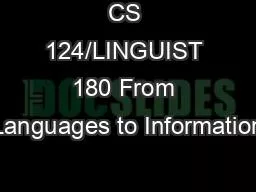
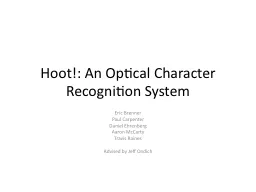
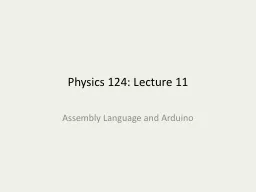

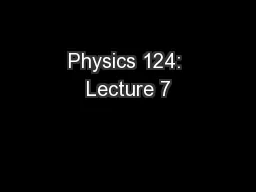
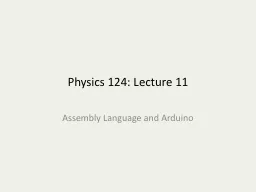




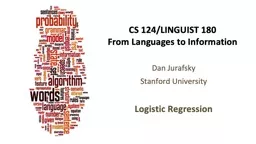


![[DOWNLOAD] - 180 Days of Practice for First Grade (Set of 3), 1st Grade Workbooks for](https://thumbs.docslides.com/901802/download-180-days-of-practice-for-first-grade-set-of-3-1st-grade-workbooks-for-kids-ages-5-7-includes-180-days-of-reading-180.jpg)